 More science titles in the Explore Your World! Series
More science titles in the Explore Your World! Series  Check out more titles at www.nomadpress.net Nomad Press A division of Nomad Communications 10 9 8 7 6 5 4 3 2 1 Copyright 2017 by Nomad Press. All rights reserved. No part of this book may be reproduced in any form without permission in writing from the publisher, except by a reviewer who may quote brief passages in a review or for limited educational use. The trademark Nomad Press and the Nomad Press logo are trademarks of Nomad Communications, Inc. Educational Consultant, Marla Conn Questions regarding the ordering of this book should be addressed to Nomad Press 2456 Christian St. 1669:
Check out more titles at www.nomadpress.net Nomad Press A division of Nomad Communications 10 9 8 7 6 5 4 3 2 1 Copyright 2017 by Nomad Press. All rights reserved. No part of this book may be reproduced in any form without permission in writing from the publisher, except by a reviewer who may quote brief passages in a review or for limited educational use. The trademark Nomad Press and the Nomad Press logo are trademarks of Nomad Communications, Inc. Educational Consultant, Marla Conn Questions regarding the ordering of this book should be addressed to Nomad Press 2456 Christian St. 1669:
Hennig Brand discovers phosphorus. 1808:
John Dalton publishes his atomic theory, which includes the idea that all atoms in an element are the same and each type of atom has a unique weight. 1869:
Dmitri Mendeleev publishes the periodic table of elements. 1890s:
J.J. 1890s:
J.J.
Thomson discovers the electron, proving the existence of subatomic particles. 1896:
Henri Becquerel discovers radioactivity. 1898:
Pierre and Marie Curie discover the radioactive elements radium and polonium. 1911:
Ernest Rutherford proposes a new atomic model where electrons orbit the nucleus like planets orbit a sun. 1913:
Niels Bohr refines the Rutherford atomic model, introducing electron orbitals. 1913:
Henry Moseley proves an elements identity is defined by the number of protons it has.
He rearranged the periodic table based on numbers of protons (the atomic number). 1916:
Gilbert N. Lewis devises dot structures as a way to show interactions between atoms. 1917:
Ernest Rutherford splits an atom, changing nitrogen into oxygen. In the process, he discovers the proton. 1981:
Invention of the scanning tunneling microscope makes it possible to view atoms and molecules. 1985:
Robert Curl, Harold Kroto, and Richard Smalley discover ball-shaped forms of carbon called fullerenes. 1985:
Robert Curl, Harold Kroto, and Richard Smalley discover ball-shaped forms of carbon called fullerenes.
They win the 1996 Nobel Prize in Chemistry for their work. 2004:
Andre Geim and Konstantin Novoselov discover graphene, a form of carbon consisting of a single sheet of atoms. They were awarded the 2010 Nobel Prize in Physics for this discovery. 2011:
Swiss scientists create PG5, the largest manmade molecule. 2016:
The names and symbols of the last four elements to be discovered are officially assigned and added to the periodic table. 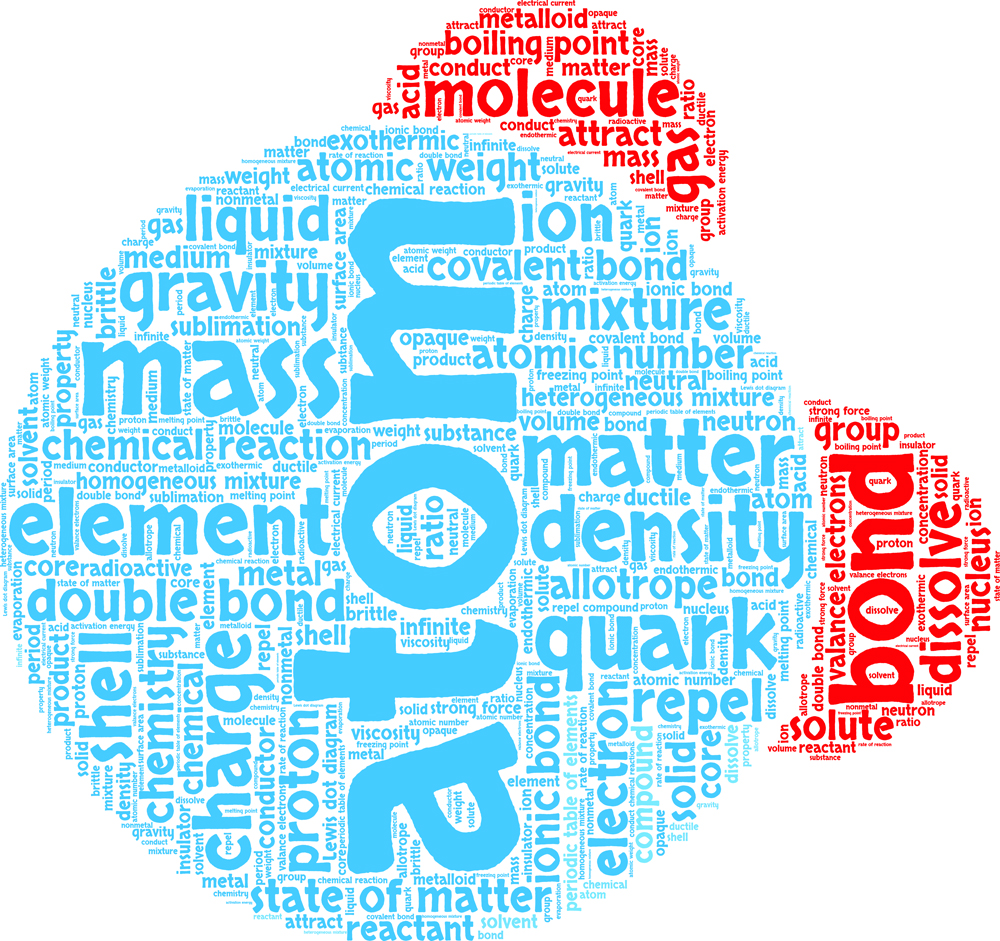
 Atoms and molecules are too tiny for people to see without using microscopes.
Atoms and molecules are too tiny for people to see without using microscopes. 
 Atoms and molecules are too tiny for people to see without using microscopes.
Atoms and molecules are too tiny for people to see without using microscopes.
If theyre so small, why do they matter? They matter because they make up matter , which makes up everything around us. Matter is everywhere. It is the floor beneath your feet, the water in your glass, and the breeze in the air. Matter is anything that takes up space. Everything you can see, smell, and touch is made of matter. And all that matter is made of atoms and molecules. WORDS TO KNOW atom: a very small piece of matter.
Atoms are the tiny building blocks that make up everything in the universe. molecule: the smallest amount of something, made of atoms bound together. matter: anything that takes up space. state of matter: the form that matter takes. There are three common states of matter: solid, liquid, and gas. solid: one of the three states of matter.
The particles in a solid are bound together tightly. A solid has a definite shape and volume and does not flow. liquid: one of the three states of matter. The particles in a liquid cluster together and flow. A liquid has a fixed volume and takes the shape of its container. gas: one of the three states of matter.
The particles in a gas are not bound to each other and move very fast in all directions. A gas does not have a definite shape or volume. volume: the amount of space an object takes up. mass: the amount of material that an object contains. Floors, water, and wind dont seem as though they are made of the same stuff. They all behave very differently.
They are all matter, and they are all made of atoms and molecules. But they are in different states. Matter is usually in one of three states solid , liquid , or gas . STATES OF MATTER A floor is solid. You can walk on it. You can jump on it.
You can pile furniture on top of it. It doesnt easily change shape. You can even move it, with a lot of effort! You can cut it up into lots of pieces. Even in pieces, it is still floor. Solids keep their volume . Volume is the measure of how much space an object takes up.
Mass is the measure of how much matter fills that space. Imagine a bowling ball and a soccer ball. Both balls are roughly the same size. They take up about the same amount of space. They have similar volumes. gravity: the force that pulls objects toward each other. gravity: the force that pulls objects toward each other.
Gravity holds you to the earth. GRAVITY On Earth, gravity pulls an object toward Earth. Every planet has its own amount of gravity. There is less gravity on the moon than on Earth. A bowling ball that weighs 16 pounds on Earth weighs only 2.6 pounds on the moon because there is less gravity on the moon. The mass of the ball is the same on Earth as it is on the moon, though.
Do you want to know what you would weigh on other planets? Find out at this website! KEYWORD PROMPTS weight on other worlds
KEYWORD PROMPTS weight on other worlds  Now, imagine lifting both balls. Which is heavier? A bowling ball can weigh up to 16 pounds. A soccer ball only weighs about 1 pound. A soccer ball weighs less than a bowling ball. A soccer ball also has less mass than a bowling ball. But weight is a little different from mass.
Now, imagine lifting both balls. Which is heavier? A bowling ball can weigh up to 16 pounds. A soccer ball only weighs about 1 pound. A soccer ball weighs less than a bowling ball. A soccer ball also has less mass than a bowling ball. But weight is a little different from mass.
Weight measures how gravity acts on an object. A floor broken into pieces takes up the same amount of space as the whole floor. A pile of floor pieces might seem bigger. This is because there is air filling the spaces between the floor bits. If you put the pieces back together, you could create the whole floor again and the size wouldnt change. WORDS TO KNOW substance: matter, the material that something is made of. WORDS TO KNOW substance: matter, the material that something is made of.
Water is a liquid. It pours easily from one place to another. You can fill a glass with it, pour it into a bowl, or make a water balloon with it. Liquid takes the shape of its container. Whatever shape its in, the volume of the liquid stays the same. It takes up the same amount of space, even as it changes shape.
Next page
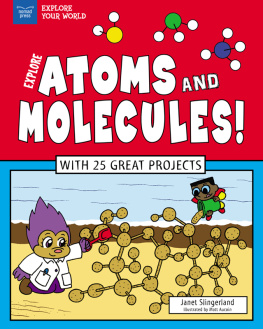
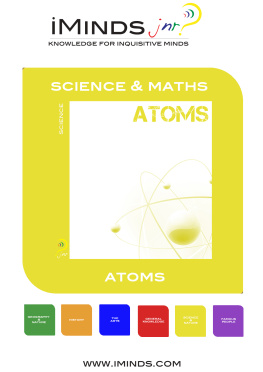

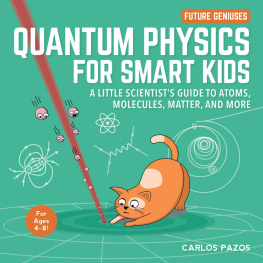
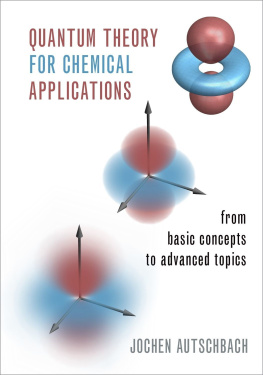
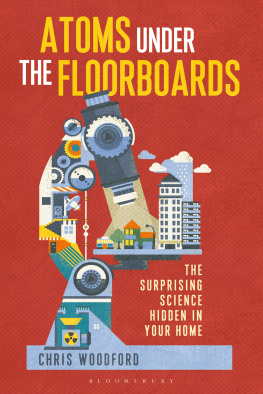
 More science titles in the Explore Your World! Series
More science titles in the Explore Your World! Series  Check out more titles at www.nomadpress.net Nomad Press A division of Nomad Communications 10 9 8 7 6 5 4 3 2 1 Copyright 2017 by Nomad Press. All rights reserved. No part of this book may be reproduced in any form without permission in writing from the publisher, except by a reviewer who may quote brief passages in a review or for limited educational use. The trademark Nomad Press and the Nomad Press logo are trademarks of Nomad Communications, Inc. Educational Consultant, Marla Conn Questions regarding the ordering of this book should be addressed to Nomad Press 2456 Christian St. 1669:
Check out more titles at www.nomadpress.net Nomad Press A division of Nomad Communications 10 9 8 7 6 5 4 3 2 1 Copyright 2017 by Nomad Press. All rights reserved. No part of this book may be reproduced in any form without permission in writing from the publisher, except by a reviewer who may quote brief passages in a review or for limited educational use. The trademark Nomad Press and the Nomad Press logo are trademarks of Nomad Communications, Inc. Educational Consultant, Marla Conn Questions regarding the ordering of this book should be addressed to Nomad Press 2456 Christian St. 1669:
 Atoms and molecules are too tiny for people to see without using microscopes.
Atoms and molecules are too tiny for people to see without using microscopes.  KEYWORD PROMPTS weight on other worlds
KEYWORD PROMPTS weight on other worlds  Now, imagine lifting both balls. Which is heavier? A bowling ball can weigh up to 16 pounds. A soccer ball only weighs about 1 pound. A soccer ball weighs less than a bowling ball. A soccer ball also has less mass than a bowling ball. But weight is a little different from mass.
Now, imagine lifting both balls. Which is heavier? A bowling ball can weigh up to 16 pounds. A soccer ball only weighs about 1 pound. A soccer ball weighs less than a bowling ball. A soccer ball also has less mass than a bowling ball. But weight is a little different from mass.